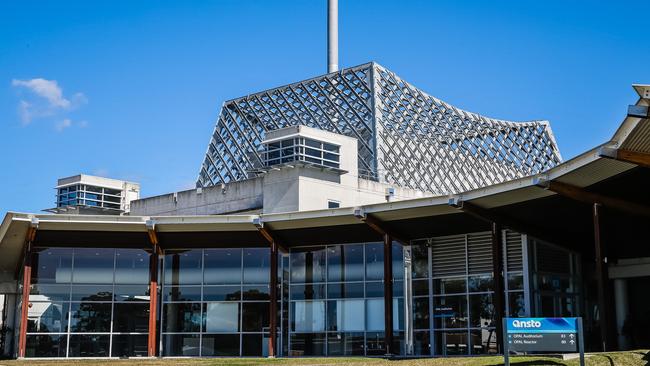
As green investing continues to gain traction in global markets, the vexed issue of zero-carbon industrial power from nuclear energy is getting another chance to go mainstream.
Uranium prices have hit a six year high – up 60 per cent since March at $US44 a pound – and individual stock prices have soared on the back of the underlying uplift.
ASX-listed offshore-focused Paladin has tripled this year. Similarly, local companies which are still at development stage such as Boss Energy have doubled in price.
As the sector gets a long awaited bolt of investor enthusiasm, industry leaders suggest the combination of clean energy demand and uranium’s carbon free attractions are unstoppable.
But this is not the first time uranium – which is only mined at two South Australian sites these days – has promised a comeback.
The spot price of the commodity has threatened breakouts regularly in recent years – 2011 and 2015 – only to be set back often by ongoing safety concerns dating back to the deadly Fukushima plant accident in Japan that closed the nation’s entire nuclear industry.
Is this latest rebound for real? Not according to Commonwealth Bank’s mining and energy analyst Vivek Dhar, who has issued an extremely sceptical report on the latest uptick in activity.
Dhar explains the commodity is regularly being bought up not by nuclear plants but by specialist investment funds that are pushing the spot price higher.
Canada’s Sprott Physical Uranium Trust has amassed enough uranium on the market to equal 15 per cent of the global nuclear reactor consumption.
Another specialist fund, UK-based Yellow Cake Plc, has also been buying heavily – Yellow Cake has former Liberal opposition leader Alexander Downer on its board.
Nuclear power supporters regularly mount strong commercial, or environmental, arguments in favour of the yellow metal, They also suggest it has been made more appealing with the promise of so-called small-modular reactors which will be cheaper to build.
But oversupply concerns in relation to uranium production and industrial safety concerns within nuclear reactors remain very hard to overcome.
Dhar says: “It is very hard to be convinced by the rally.”
As he explains, funds are ruling the roost now but primary production is in the hands of five producers and they can change the game at any time.
“We believe that uranium prices need to lift to support investment in uranium production over the longer term, we find it hard to justify the recent surge in uranium prices on fundamentals alone.
“Our concern is that if prices remain supported or track even higher, the incentives for producers to abandon their supply discipline become even more pronounced. That could be the recipe for prices to lose their recent gains.”
Meanwhile, investment bank Morgan Stanley – a long term bull on uranium prices with a target of $US49 a pound for 2024 – has issued a note warning the current rally could soon fizzle.
“The current investor driven rally might not seamlessly translate into a real deficit-driven bull market and we could see some price weakness in between,” the investment bank says.








A powerful rally in uranium prices has put the revival of nuclear power back on the agenda with Australian interests sitting very much in the middle of the action